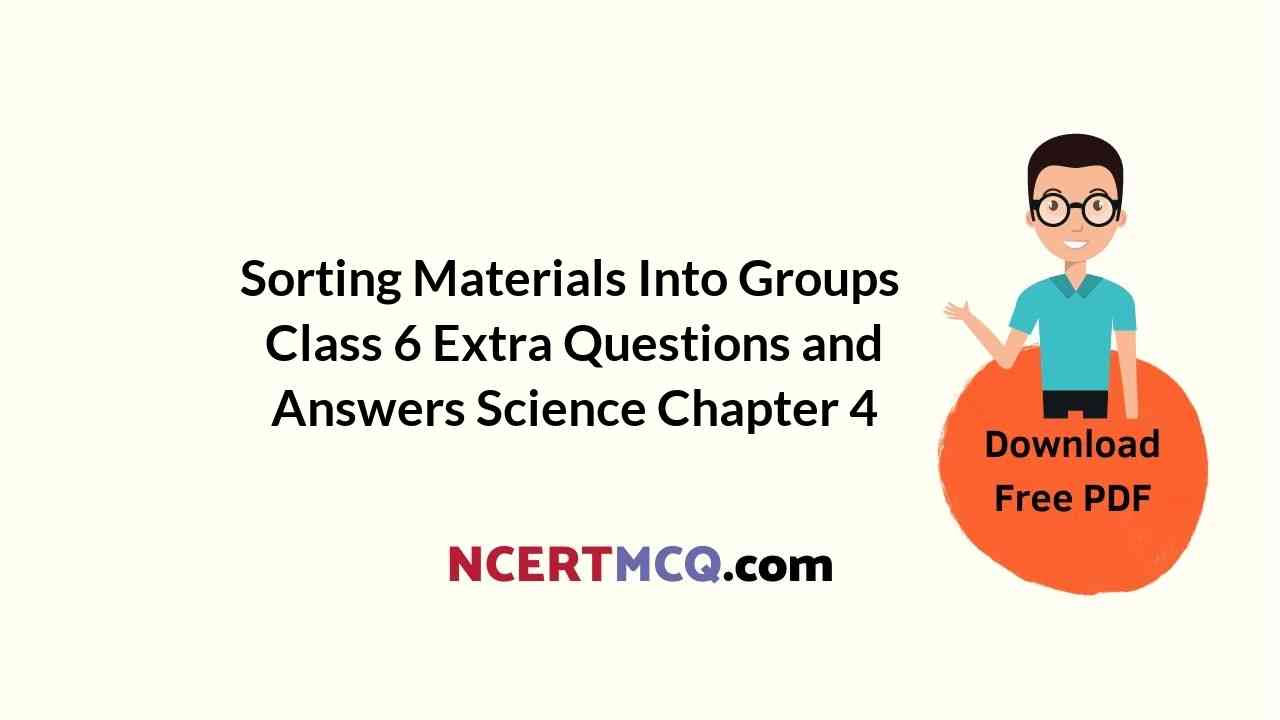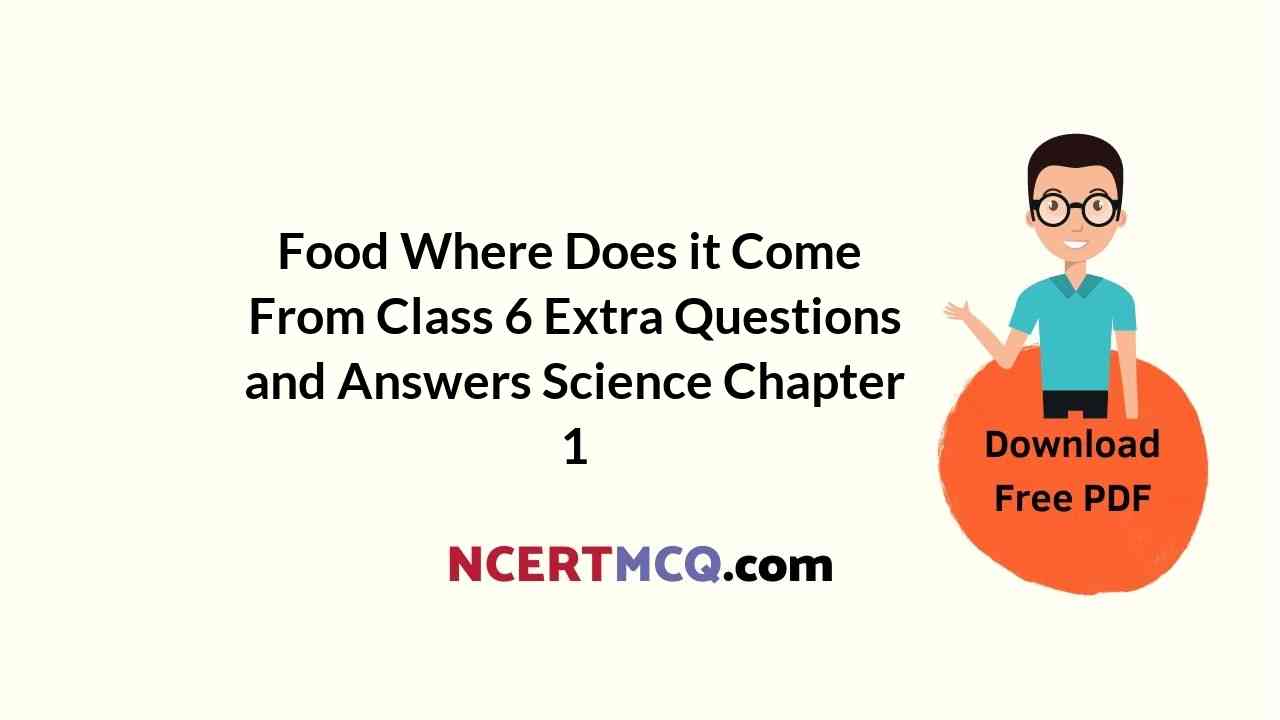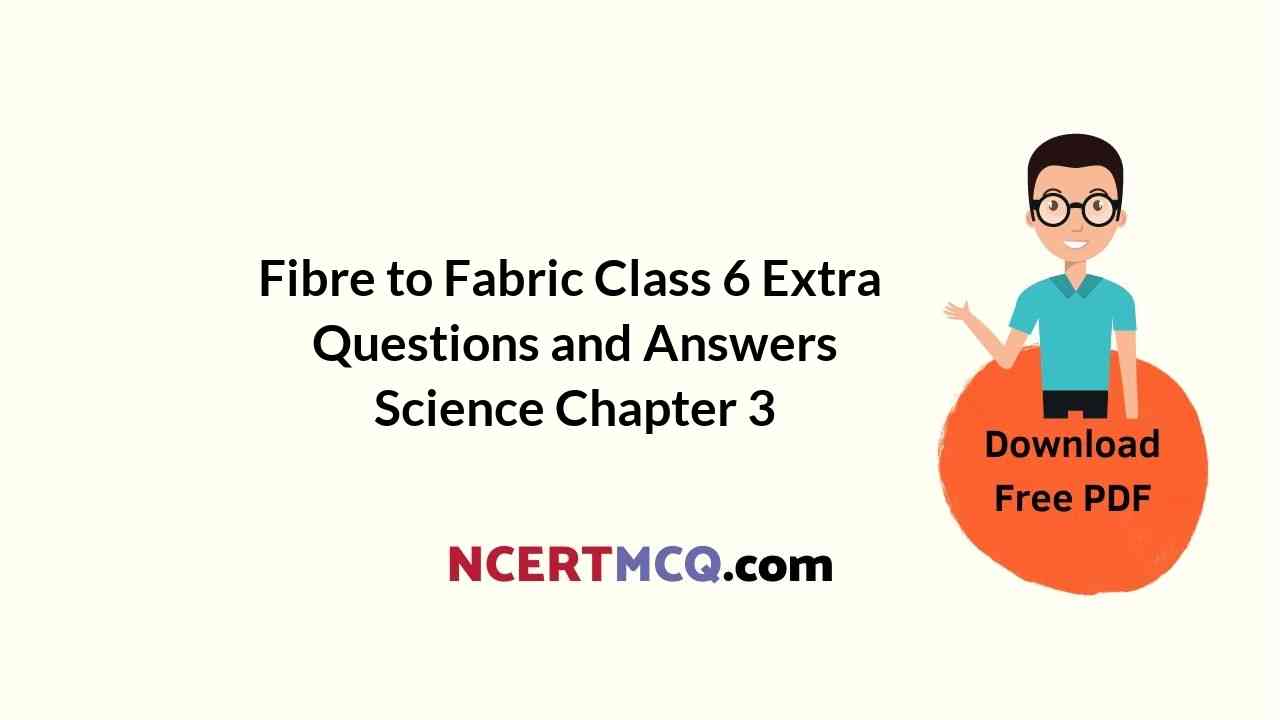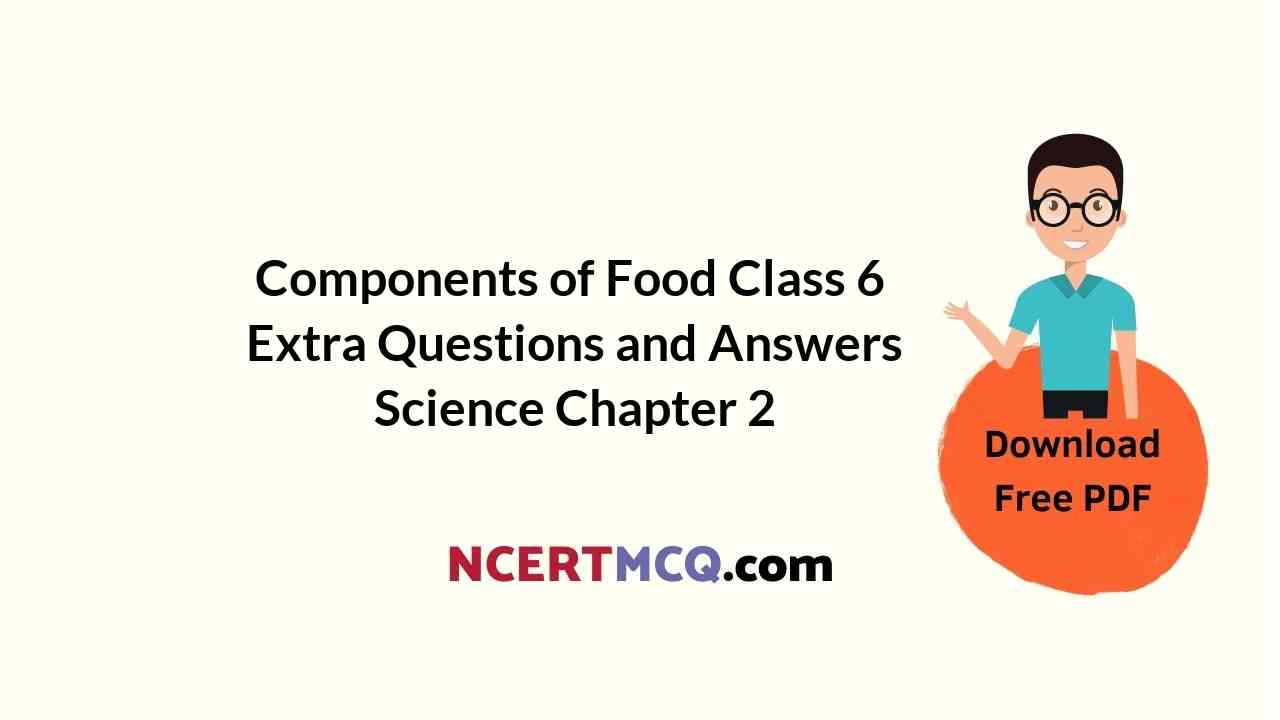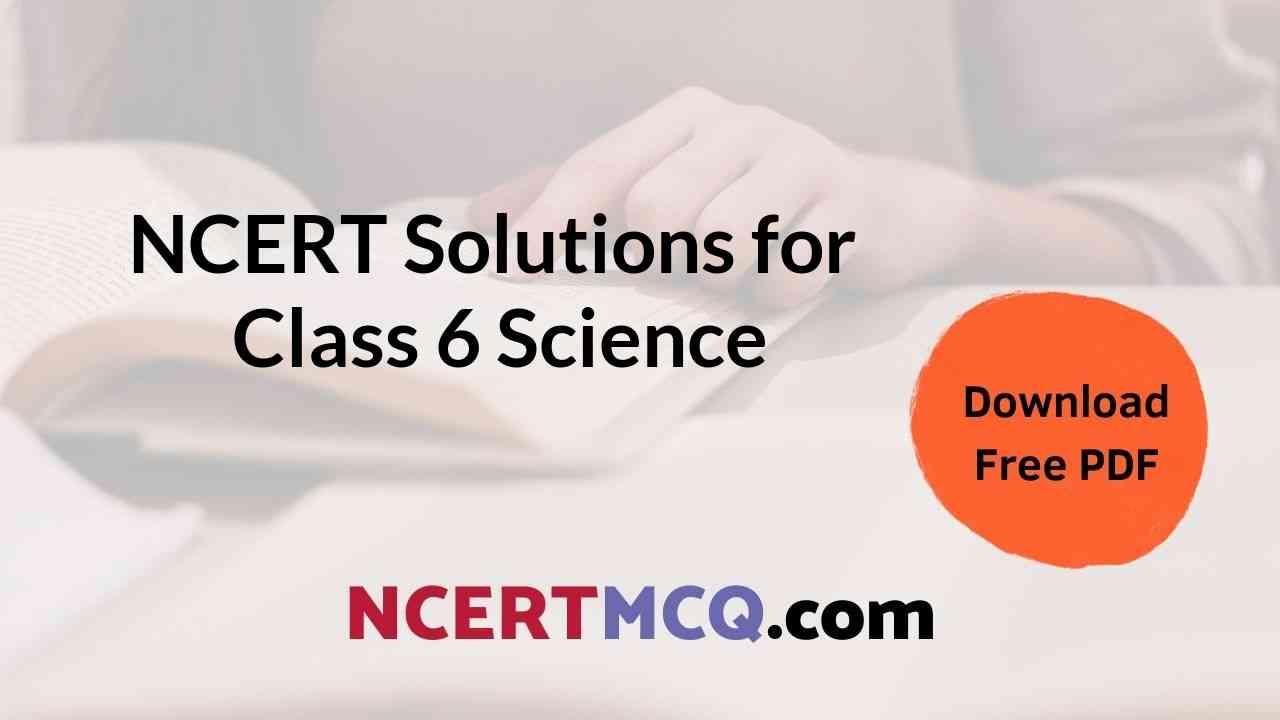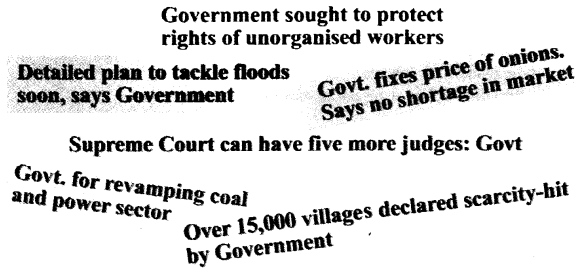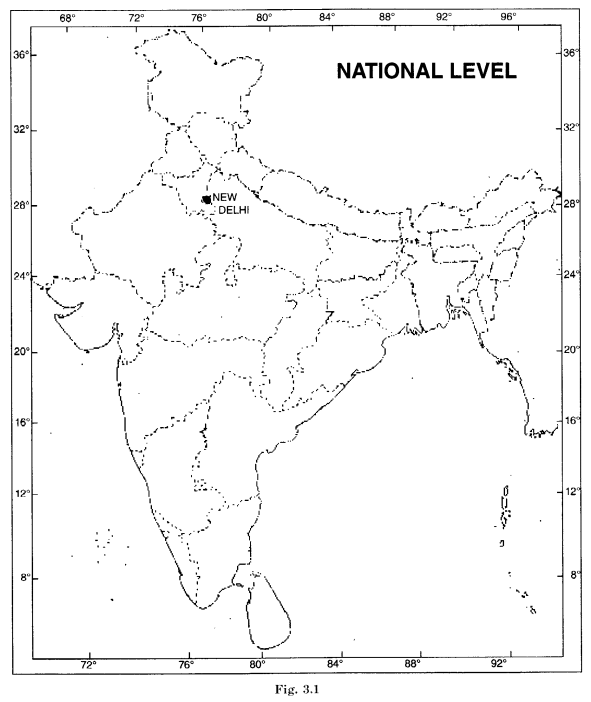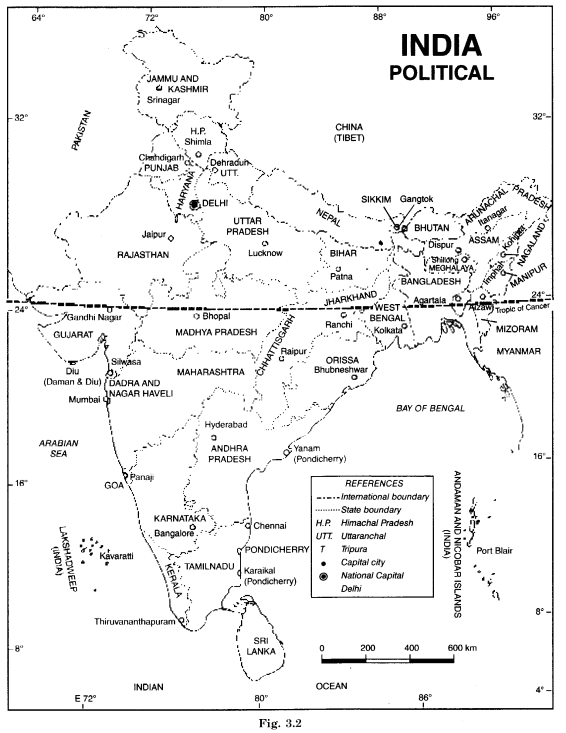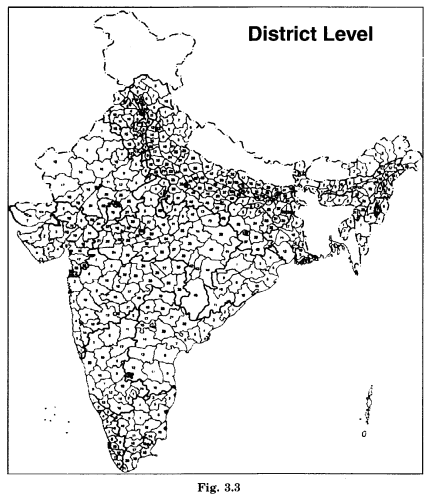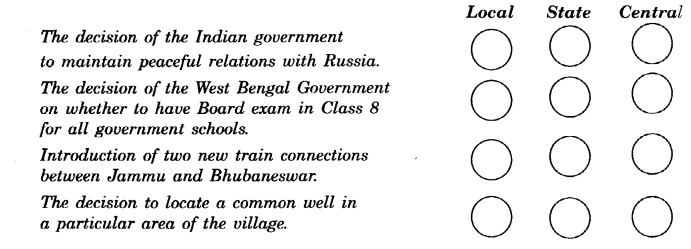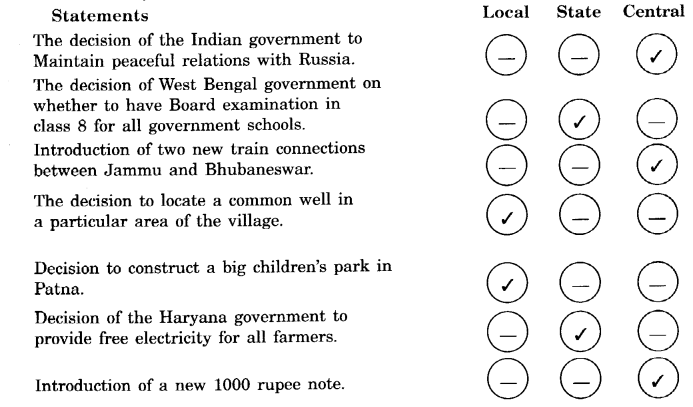In this page, we are providing Sorting Materials Into Groups Class 6 Extra Questions and Answers Science Chapter 4 pdf download. NCERT Extra Questions for Class 6 Science Chapter 4 Sorting Materials Into Groups with Answers will help to score more marks in your CBSE Board Exams. https://ncertmcq.com/extra-questions-for-class-6-science/
Sorting Materials Into Groups Class 6 Extra Questions and Answers Science Chapter 4
Extra Questions for Class 6 Science Chapter 4 Fibre to Fabric with Answers Solutions
Sorting Materials Into Groups Class 6 Extra Questions Short Answer Type
Class 6 Science Chapter 4 Extra Questions Question 1.
Name a non-metal that has lustre.
Answer:
Diamond
Sorting Materials Into Groups Class 6 Questions And Answers Question 2.
Name the two main groups into which all the objects around us can be classified.
Answer:
Living objects and non-living objects.
Sorting Materials Into Groups Extra Questions Question 3.
Is a substance which can be compressed soft or hard?
Answer:
Soft
Sorting Materials Into Groups Class 6 Worksheet With Answers Question 4.
Name two objects made from transparent materials.
Answer:
Polythene, glass-container.
Sorting Materials Into Groups Class 6 Extra Questions Question 5.
What do we call a substance that is used to make an object?
Answer:
Material
Ncert Class 6 Science Chapter 4 Extra Questions Question 6.
Which state of matter has fixed shape and volume?
Answer:
Solid
Sorting Materials Into Groups Question And Answer Question 7.
Name two transparent liquids.
Answer:
Water and alcohol
Class 6 Science Ch 4 Extra Questions Question 8.
In a blue-colored solution of a dye and water which is solute and which is solvent?
Answer:
Water is solvent and dye is solute.
Class 6 Chapter 4 Science Extra Questions Question 9.
Name some substances which are made from plastics.
Answer:
Toys, plates, buckets, cups, pens, etc.
Class 6 Sorting Materials Into Groups Extra Questions Question 10.
Which is more hard-sponge or iron?
Answer:
Iron is harder than sponge.
Chapter 4 Science Class 6 Extra Questions Question 11.
Which material is generally used for making pens?
Answer:
Plastic and metal
Extra Questions On Sorting Materials Into Groups Question 12.
Name two gases which are insoluble in water.
Answer:
Nitrogen and hydrogen
Extra Questions For Class 6 Science Chapter 4 Question 13.
Name two substances which are made from leather.
Answer:
Belt and purse (wallets)
Science Chapter 4 Class 6 Extra Questions Question 14.
What is common between salt and sand?
Answer:
Both have mass and are in solid state.
Science Class 6 Chapter 4 Extra Questions Question 15.
Name two materials which floats on water.
Answer:
Wood and plastics Define density.
Question 16.
Define Density.
Answer:
Density is defined as mass per unit volume of a substance.
Question 17.
Name the materials that can be used for making the handles of cooking utensils.
Answer:
Wood, bakelite and plastics.
Question 18.
Name two materials which are non-conductor of electricity.
Answer:
Wood and rubber
Question 19.
Name two materials without lustre.
Answer:
Cardboard and wood
Question 20.
Name two materials which do not dissolve in water and are lighter than water.
Answer:
Kerosene and mustard oil
Sorting Materials Into Groups Class 6 Extra Questions Short Answer Type
Question 1.
What are the similarities between iron, copper and aluminium?
Answer:
The similarities between iron, copper and aluminium are:
(a) They all have lustre.
(b) They all are metals.
(c) They all are hard.
(d) They all conduct electricity.
Question 2.
Why do we need the grouping of objects?
Answer:
Grouping the objects helps us to arrange them in a systematic manner. The objects when grouped are easy to handle. When grouped it is easy to know the properties of objects clearly. Grouping also makes easy to compare two objects.
Question 3.
Write any four properties of materials.
Answer:
The four properties of materials are:
(a) Appearance
(b) Hardness
(c) Solubility
(d) Transparency
Question 4.
Why is mercury used in making thermometers?
Answer:
Mercury is used in making thermometers because:
- Mercury is liquid at room temperature.
- It is a good conductor of heat.
- Mercury has lustre, so, it is easy to read the temperature shown by the level of mercury.
Question 5.
What are materials? Classify it.
Answer:
A substance which is made up of matter and is used for making objects is called material.
Materials are classified as:
(a) Natural materials
(b) Man-made materials
Question 6.
Explain the types of properties.
Answer:
Properties may be of two types:
(a) Physical properties: Physical properties include appearance, hardness, solubility, flotation, heaviness, transparency, etc.
(b) Chemical properties: Chemical properties include the behavior of a material towards different chemicals and chemical reactions. For example, reaction with oxygen, water, acids, combustion, burning, etc.
Question 7.
Write three common characteristics of materials.
Answer:
The three common characteristics of materials are:
(a) All materials can be felt by one or more of our senses.
(b) All materials occupy space.
(c) All materials have mass.
Question 8.
What is the need for classification?
Answer:
Classification is essential for:
- Identification of objects
- Sorting of objects
- Locating things
- Understanding similarities and dissimilarities among objects.
- Making the study of objects easy and more meaningful.
Question 9.
Name the various materials from which following things can be made:
Shoes, chair, coins, utensils, clothes
Answer:
- Shoes: Leather, rubber, plastic, canvas.
- Chair: Wood, metal, plastics, concrete.
- Coins: Copper, silver, gold, aluminium.
- Utensils: Iron, copper, aluminium, brass.
- Clothes: Cotton, wool, silk, rayon.
Question 10.
Why is tumbler not made with a piece of cloth?
Answer:
Tumbler is not made with a piece of cloth because we generally use a tumbler to keep a liquid. A tumbler made of a piece of cloth cannot be used to keep water. So, a tumbler is made with a material which has a property to hold the liquid.
Sorting Materials Into Groups Class 6 Extra Questions Long Answer Type
Question 1.
What are the advantages of classification of materials?
Answer:
The advantages of classification of materials are as follows:
- Classification helps us to understand similarities and dissimilarities among the objects.
- Classification of objects help us to identify the objects easily.
- Classification helps us to locate things. It is only because of classification, we are able to locate a book that we need out of thousands in our school library.
- Classification helps us to know the material of which the object is formed.
- Classification makes study of different objects easy and more meaningful.
- Rather than studying each object separately, we can study just one out of each class of different objects and generalize our results for the class as a whole.
Question 2.
“Grouping of objects helps the shopkeeper.” Justify the statement.
Answer:
The grouping of objects in proper way makes it easier to work. When we got to purchase something, the shopkeeper locates it easily, because there are separate shelves to put various items and similar things are kept at one place. If he randomly places all of these, he would never be able to find it so quickly and easily.
Question 3.
Describe a method to prove that water is a transparent material.
Answer:
Take a white sheet of paper, one sketch pen, one clean beaker and a small quantity of clean water. Now on white sheet of paper make a symbol (say ‘X’). Now put the empty beaker over the marked symbol. We can see the marked symbol properly. Now pour water in the beaker and observe the same mark. The mark is again visible. This method proves that water is transparent.
Question 4.
Show that sugar, common salt and washing soda are soluble while chalk powder, iodine and sand are insoluble in water.
Answer:
Take six test tubes, fill each of them about half with water. Keep each of them in a test tube stand. Add a pinch of each of six substances in separate test tubes. Shake well and allow them to stand for few minutes. Common salt, sugar and washing soda dissolves while iodine, chalk powder and sand do not dissolves in water.
Question 5.
Write an experiment to show that our palm is translucent.
Answer:
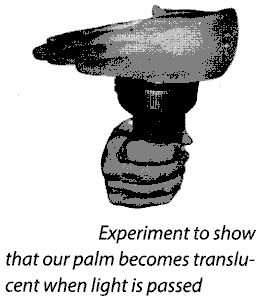
Cover the glass of a torch with your palm at a dark place. Switch on the torch and observe from the other side of the palm. We see that light of torch passes through palm but not clearly. This experiment shows that our palm becomes translucent when a strong beam of light passes through it.
Question 6.
Discuss important properties of matter on the basis of which we can classify them.
Answer:
Some important properties of matter are discussed below:
- Appearance: Materials can be classified on the basis of their appearance. Different materials have different appearances.
- Lustre: Materials can be classified on the basis of their lustre. Some.shine a lot whereas others are quite dull.
- Solubility in water: On the basis of solubility in water, substances are classified as soluble and insoluble.
- Transparency: Almost all light can pass through transparent substances. No light can pass through opaque substances. Light can pass partially through translucent substances.
- Density: Density is mass per unit volume of a substance. On the basis of density some substances can float and some get sink in water or other liquid.
Question 7.
Discuss the solubility of gases in water. What is the importance of oxygen gas dissolved in water? How is the carbon dioxide gas dissolved in water helpful to the aquatic plants?
Answer:
Some gases are soluble in water whereas other gases are insoluble in water. Oxygen gas is soluble in water. The plants and animals which live in water use the oxygen dissolved in water for respiration. Thus, oxygen dissolved in water is very important for the survival of animals and plants that live in water.
Carbon dioxide gas is also soluble in water. The plants which live in water use the carbon dioxide gas dissolved in water for the process of photosynthesis.
Question 8.
Compare the properties of solid, liquid and gas.
Answer:
| Solid | Liquid | Gas |
| 1. Have a definite shape. | 1. Does not have a definite shape; they take the shape of the container. | 1. Do not have a definite shape; they take the shape of the container. |
| 2. Have a definite size or volume. | 2. Have a definite volume. | 2. Do not have a definite size or volume. |
| 3. Negligible compressibility. | 3. Slightly compressible. | 3. Highly compressible. |
| 4. Particles do not move freely. | 4. Particles move freely but are confined within a boundary. | 4. Particles can move freely. |
Sorting Materials Into Groups Class 6 Extra Questions HOTS
Question 1.
Why some metals like iron or copper lose their lustre on exposure to air?
Answer:
Iron and copper react with the oxygen and moisture present in air and form a rusted or corroded layer on its surface.
Question 2.
Why some substances sink while other float on water?
Answer:
Substances which have relative density more than water sinks in water but substances which have relative density less than water floats on water.
Question 3.
Do surface area plays any role in sinking or floating of substances?
Answer:
Yes.
Question 4.
You are provided with three liquids-water, honey and oil. On pouring the three liquids simultaneously without disturbing. What will be the arrangement of these liquids from top to bottom?
Answer:
Arrangement of liquids from top to bottom is: Oil ➝ water ➝ honey.
Question 5.
Name a material which is actually opaque but you can make it translucent with a little effort.
Answer:
Paper is opaque. We can make it translucent by rubbing a little oil on it.
Question 6.
Do you think all metals are hard? Name one hardest non-metal.
Answer:
No, because metal like sodium is soft and mercury is a liquid. Hardest non-metal known is diamond.
Sorting Materials Into Groups Class 6 Extra Questions Value Based Question (VBQs)
Question 1.
Ram and Shyam, both friends, opened a new grocery shop. They bought many materials from the main market. Shyam arranged all items systematically based on their similarities and differences. Ram did not arranged the items. He just put them randomly according to the available space in his shop.
(a) What is the significance of grouping items?
(b) Suppose you are a grocer, how will you arrange items in your shop?
(c) Who do you think will be able to locate things in their shop easily-Ram or Shyam? Why?
(d) What values of Ram and Shyam are shown here?
Answer:
(a) Grouping items based on their similarities or differences helps us in locating objects easily.
(b) Being a grocer, I will separate eatables from non-eatables then I will arrange all brands of biscuits, cakes, toffees, soaps, detergents, household items, etc., shelvewise. I will keep gunny bags of grains and pulses at safer and drier places.
(c) Shyam will be able to locate things easily because he has arranged items systematically in his shop.
(d) Ram seems to be careless, lazy and inexperienced whereas Shyam seems to be active, professional and intelligent.
Question 2.
Shreya while playing with her elder brother in the garden pool, observed that a wooden block sinks
in water but a wooden plank of same weight floats on water. She was very astonished on seeing this.
Shreya’s brother on seeing such question mark on her face explained the reason.
(a) What is density?
(b) Why some substances float while other sink in water?
(c) Why the wooden plank float on water while the wooden block sink in water though both have same weight?
(d) What value of Shreya is shown here?
Answer:
(a) Density is defined as mass per unit volume of a substance.
(b) Substances that have density lower than water floats while substances that have density less than water sinks in water.
(c) Volume of wooden block is more than the wooden plank as weight of wooden plank is distributed to larger area than the wooden block. So wooden plank floats while wooden block sinks.
(d) Shreya is curious, good observation capacity and intelligent.
